5 Steps For Veggie Garden Success All Season Long

by
Angie Rose
(IC: blogger)
Easy
The season for fresh fruit and veggies is finally here! Having a vegetable garden is something anyone can do. Yes, that includes you! If you feel like you have a black thumb, no backyard or even a limited budget, it's still possible. I became interested in growing food when I met someone who shined the light on just how easy it is. I had the most common question on the tip of my tongue. "How did you do that?" The answer was simple, just like washing dishes or running laundry. It's something that can be done a little at a time every day. Although much more enjoyable than your mundane household chore, it is just as straightforward and can be added into your daily routine.
If you don't have a yard, you can still grow on your kitchen window ledge or even your front steps. Growing tomatoes on a balcony, porch or deck can be a very rewarding experience. If you have a limited budget, you can start out small and then learn how to collect and save seeds. I truly believe that the black thumb is a myth. We all have plants that peter out during the season and end up succumbing to pests or disease, but this is perfectly normal! Some of us find growing from seed extremely difficult at first, but that's okay! Never give up, and you will eventually get the hang of it. When embarking into the wonderful world of growing edibles, there are a couple basics that can help ensure veggies all season long. Although some elements are out of your control like the weather, you can sway nature's hand to point in the direction of success. I'm here to share with you the steps I take every year to enjoy healthy harvests. Each gardener has different tactics, but these basics can help you reach your yearly growing goals.
Step 1: Amend Garden Soil
Step 2: Plant In Succession
Step 3: Add Companion Plants
Step 4: Usher In Beneficial Bugs
Step 5: Install A Soaker Hose
What steps do you take to have a successful garden all season long? Is there a tried and true method that works for you? I'd love it if you shared with me in the comment section below. We may grow different plants and use various techniques, but we all strive for the same thing. To have a healthy, thriving vegetable garden all season long. The trials and tribulations can seem trying at times, but it also helps you find your unique recipe for garden success. My soil has been amended and I released some lady bugs in the garden a week ago. I'm hoping they are hard at work helping me with unwanted pests. My soaker hose is up and running and my companion plants are growing strong. Next week, I am planning on planting more beans and peas for continual harvests all season long. I can't wait to get outside and start picking and cooking some healthy summer meals very soon. Happy gardening everyone!
Enjoyed the project?

Want more details about this and other DIY projects? Check out my blog post!
Published August 14th, 2016 2:54 PM
Comments
Join the conversation
2 of 16 comments
-
I use straight AGED horse manure. Nothing but horse poop! It has to be seasoned or you will burn up your crop. Seasoned horse manure really kinda turns to dirt/compost. It works way better than cow manure. And things grow fast... but remember, if your crop grow gast, so do the weeds! But its really easy to pull the weeds because the manure stays loose and they pull right out. It also holds water 4 times as long as regular soil. It stays moist and spongy. Try it, you will never use anything else. And its usually free from somebody reasonably close to you in your area.
 Guy Bremerkamp
on Aug 16, 2016
Guy Bremerkamp
on Aug 16, 2016
-
-
Great tip Guy! I actually have lots of access to horse manure being on a farm with two horses. Hopefully I can try it out soon :)
 Angie Rose
on Aug 16, 2016
Angie Rose
on Aug 16, 2016
-



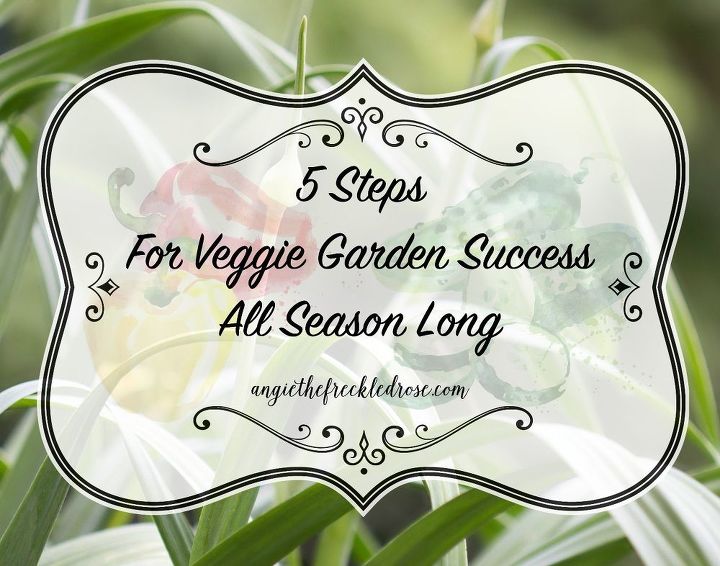







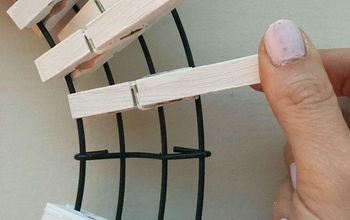




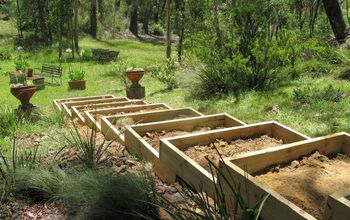


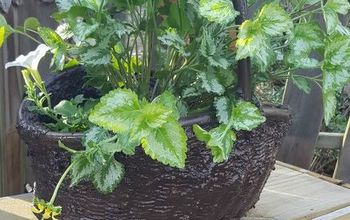
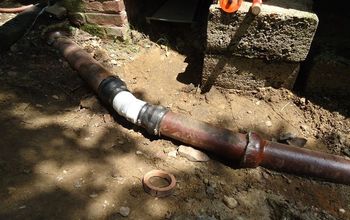







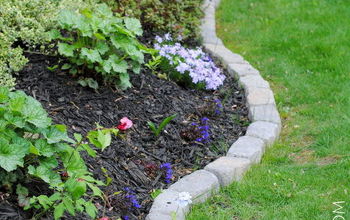




Frequently asked questions
Have a question about this project?